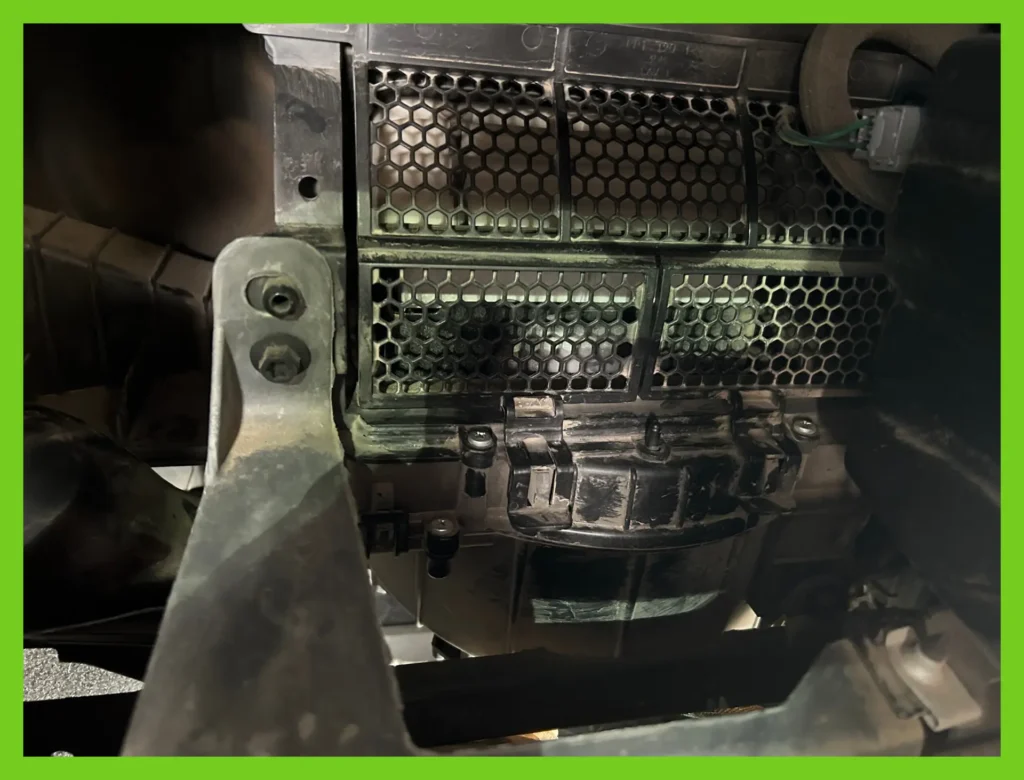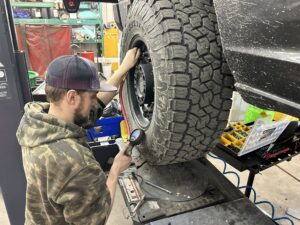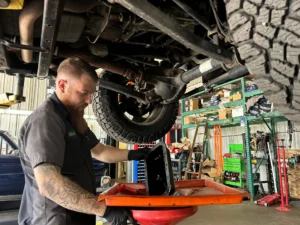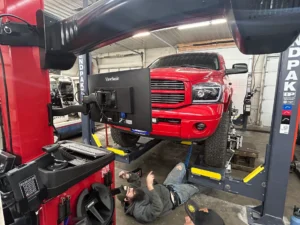Why Your Cabin Filter Matters More Than You Think
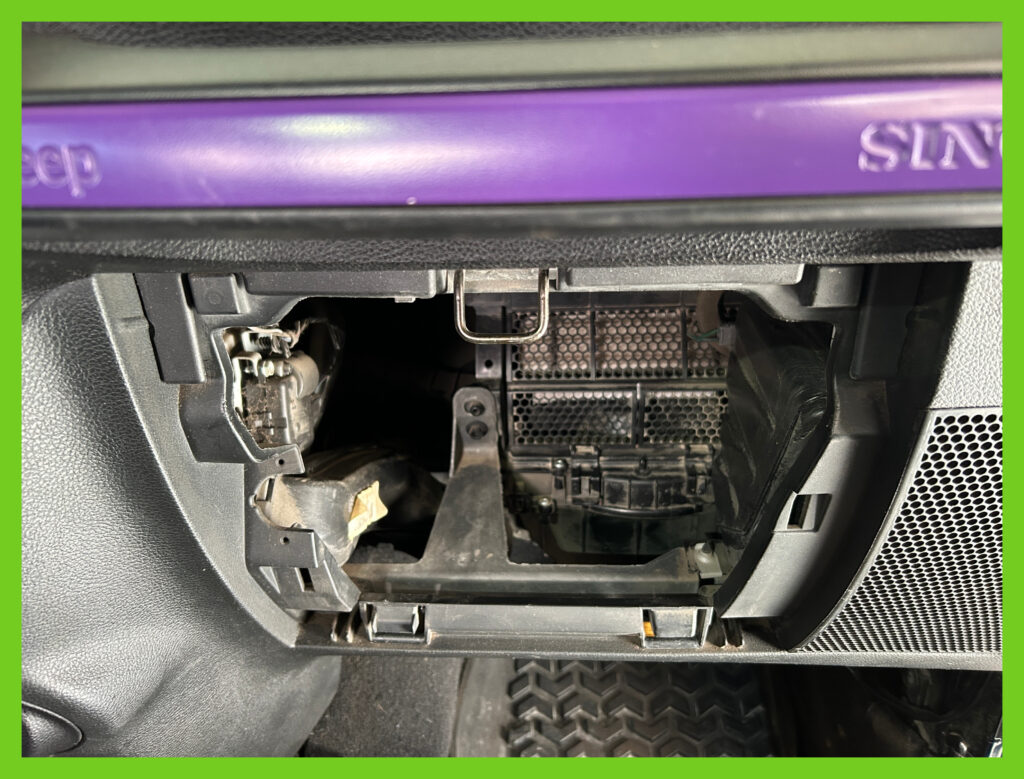
If you’ve just rolled off the dealership lot in a brand new Jeep Wrangler, you might have scratched your head noticing the absence of a standard feature found in most modern vehicles: the cabin air filter. Or you may not have checked and not noticed for years you didn’t have one in place.
When it comes to off-roading in a Jeep or any rugged 4×4, the focus often zooms in on torque, suspension, and tire specs. However, there’s a less celebrated component that deserves our spotlight—the cabin air filter. Let’s dive deep into why this part is crucial for both your vehicle’s and your own health, especially when tackling the great outdoors.
What is a Cabin Filter and What Does it Do?
A cabin filter, often overlooked in the thrill of modifications and upgrades, is essentially your vehicle’s first line of defense against airborne nasties. Positioned usually behind the glove box or under the hood, this filter does the heavy lifting of trapping pollen, dust, and even road debris, ensuring that the air inside your cabin remains clean and breathable.
Why It’s a Big Deal for Off-Roaders
Off-roading environments are harsh. Dust clouds, muddy splatters, and occasional foliage intrusions are all part of the game. Each of these elements can significantly pollute your Jeep’s interior atmosphere if not properly filtered out. Here’s why the cabin filter is a bigger deal than most think:
Health Keeper: For those who spend hours on rugged trails, the quality of air you breathe matters. A good cabin filter reduces the risk of allergies and respiratory issues that can be exacerbated by dust and pollen. This means more comfortable and longer adventures without the sneezing or eye-watering interruptions.
Performance Protector: While it’s safeguarding your health, the cabin filter also protects your Jeep’s HVAC (heating, ventilation, and air conditioning) system. A clogged filter can strain your HVAC, impairing air flow and even leading to costly repairs. Clean air means not only a smooth ride but also an efficiently running system. Dirt can stick and cause moisture build up and corrode causing potential ac refrigerant and coolant leaks.
When Should You Replace Your Cabin Filter?
Typically, it’s recommended to replace your cabin filter every 12,000 to 15,000 miles, but off-roaders might need to do it more often, depending on how frequently they tackle particularly dusty or muddy terrains. A simple visual check can tell if it’s time for a change—if the filter looks dirty and clogged, it’s time.
Pro Tips for Choosing and Changing Your Cabin Filter
Opt for High-Quality Filters: Especially for off-roading, choose high-efficiency particulate air (HEPA) filters which can trap finer particles, enhancing both air quality and system longevity.
Regular Checks: Make it a routine to check your filter before and after major off-roading adventures. This can prevent unexpected HVAC issues and maintain optimal air quality.
DIY Replacement: Changing a cabin filter is a surprisingly easy DIY task that can be done in about ten minutes. Plenty of tutorials are available, and all you usually need is just your vehicle’s manual and a new filter.

